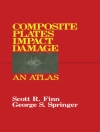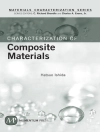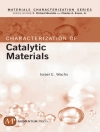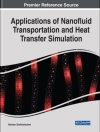The book describes the development and commercialization of materials with viscoelastic properties, placing particular emphasis on the scientific and technological differences between plastics and bioplastics. The authors explain how to handle each of the two types of materials and determine the comparative environmental impact of the material life-cycle. The practical values of the overlapping aspects of the two types of materials from technical properties to eco-compatibility are also discussed.
Inhaltsverzeichnis
Basic Concepts for Plastic Response.- Material Plasticity.- Measurable Fundamental Entities.- Processing Features.- Molecular Structure Requirements.- Oil Derived Macromolecules.- Renewable Macromolecules.- Structure/ to Fundamental Properties.- Preparation of Macromolecules for Plastics.- From Oil to Macromolecules.- Polymerization Processes.- Processing to Materials.- The Obtainment of Bioplastics.- Biopolymers from Natural Sources.- Monomers from Nature.- Products Preparation.- Hybrid Materials and Systems.- Chemical Modification of Molecular Structure.- Blends and Composites.- Functional Materials.- Environmental Impact.- Materials from Oil and Nature.- Production Processes.- Consumer Use.- Disposal, Recycling, Biodegradation.- Response of Society and Market.- Availability of starting materials.- Ultimate Properties for Application.- Evaluation and Future.
Über den Autor
Dr. Francesco Ciardelli is a Professor Emeritus of Polymer Chemistry at the University of Pisa and CEO of SPIN-PET srl, a company that provides research support to SME in Materials Technology.
Dr. Monica Bertoldo is a researcher at ISOF of CNR at Bologna, specializing in material science and biopolymers.
Dr. Simona Bronco is a researcher at IPCF-CNR SS Pisa, working in material science and the development of bioplastics.
Dr. Elisa Passaglia is a researcher at ICCOM SS, Pisa working on macromolecular chemistry and materials science.












